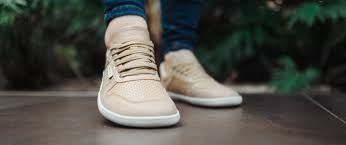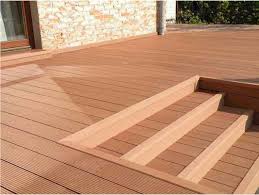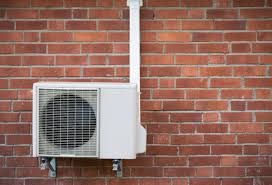barefoot shoes, also known as minimalist shoes, have gained huge popularity in recent times for their unique design and purported health benefits. These shoes aim to mimic the sensation of walking or running barefoot but also offer an element of protection against the weather. This is a complete guide to everything you must be aware of about barefoot shoes.
What Are Barefoot Shoes?
Barefoot shoes are made to provide minimal disturbance to the natural movement of your feet. In contrast to conventional footwear they feature the thin, flexible sole that provides more sensory feedback from the ground. The style typically has a large toe box to accommodate natural toe splay. the heel to toe drop is minimal or zero, and flexibility that allows your foot to be able to move freely. The aim is to facilitate the natural walking style and foot movement.
Benefits of Barefoot Shoes
Improved foot strength and flexibility by imitating the natural motion of walking barefoot These shoes help strengthen the muscles in your legs and feet. The increased strength could lead to better control and balance.
Improved Sensory Feedback: The the thin soles that come with barefoot shoes permit you to feel the ground with greater clarity. The increased sensory feedback could increase proprioception (awareness of your body’s position), which helps with coordination and balance.
Natural Gait: Barefoot shoes encourage the forefoot or midfoot strike pattern rather than the heel-first landing found in conventional shoes. This reduces the chance of some injuries that can be caused by heel strike and encourage a more efficient running form.
Greater Comfort: Many customers discover barefoot shoes to be more comfortable due to their elasticity and the wide toe box that accommodates the natural spread of the toe.
Considerations and Potential Drawbacks
Transition Period: Switching from barefoot shoes from traditional footwear will require a gradual transition. The muscles and tendons of your feet and legs may require some time to adjust to the new requirements. Starting with short periods of wear, and then gradually increasing the amount could help avoid injuries caused by overuse.
Not suitable for all surfaces Although barefoot shoes offer great flexibility and feel on the ground but they might not offer sufficient protection against extremely difficult or dangerous surfaces. It’s crucial to select the correct shoe for the environment you are in.
Variable Experience: The advantages of barefoot shoes will differ from person to person. Some people might notice significant gains in their comfort and performance but others might feel less effective or even uncomfortable.
Conclusion
Barefoot shoes are a great alternative for those who want to enhance their natural movements and foot health. With a barefoot-like experience, they help to increase foot strength, improved sensorimotor feedback, and a more natural walking. It is important to transition gradually and consider your personal needs and surroundings. If you’re able to adapt, barefoot shoes can be a valuable option to add to the footwear collection.



